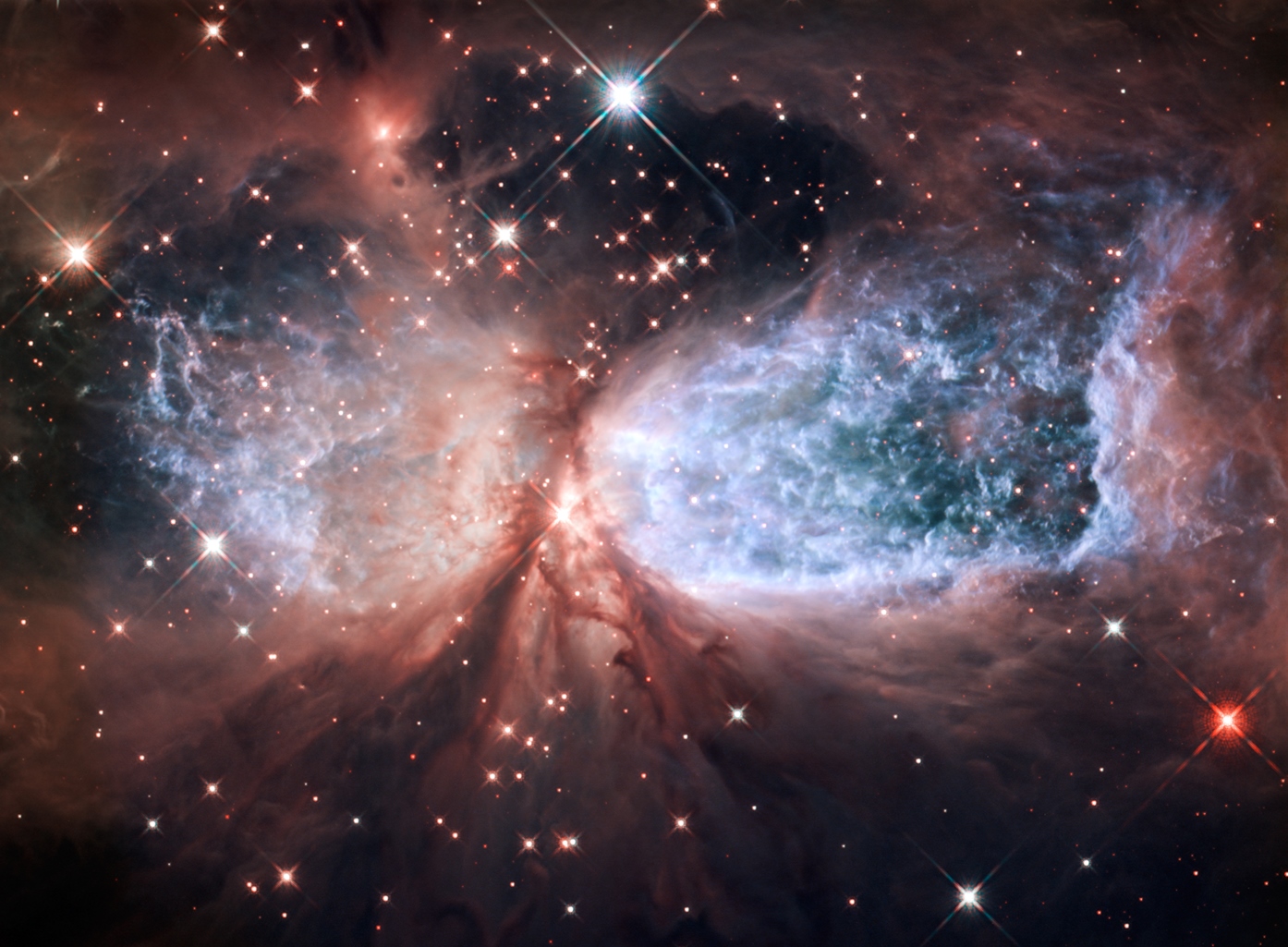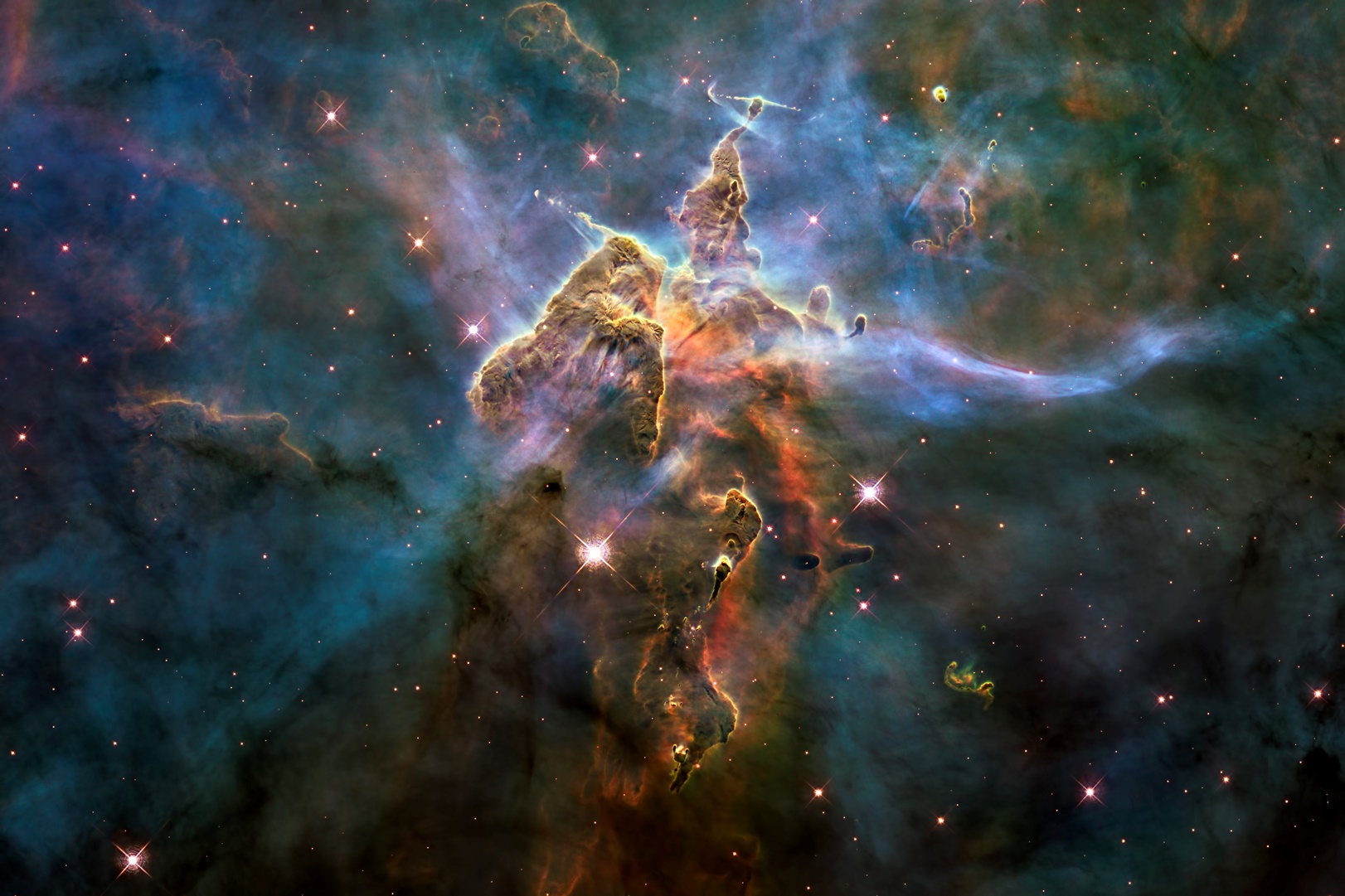How the Stars were Made
He determines the number of the stars and calls them each by name. (Psalm 147:4, NIV)
According to the Big Bang model, the first stars began to form around 13.5 billion years ago, when the universe was in its infancy—just three hundred million years old. Many of those ancient stars have long since burned out, collapsed, or exploded; but new stars are always forming, even to this day!
The formation of a star begins inside a nebula (plural: nebulae)—an immense cloud of gas (and sometimes dust) typically many light-years in diameter. A nearby example is the Orion Nebula, which is 24 light-years across and has the mass of 2,000 suns! Gases normally spread out in space, but if a nebula has enough mass, its own gravity causes it to collapse into regions of higher density. The collapsing gas begins to accumulate in dense spheres called protostars.

Located only 1,300 light-years away, the Orion Nebula is close enough to see with the unaided eye: it looks like a fuzzy star, visible just south of the constellation Orion’s “belt.” This video illustrates Orion’s location in the night sky, gradually zooming in on a star-forming region (the brightest part of the nebula). See this NASA/ESA press release for high-resolution photographs and more information about this star-forming region.
The temperature of a gas increases when the gas is compressed, so a protostar gets hotter as more of the nebula falls into it. Eventually, the temperature at the core of the protostar rises high enough to ignite a nuclear fusion reaction. (Nebulae consist primarily of hydrogen, which is a volatile fuel for nuclear fusion, as you may recall from our previous discussion of thermonuclear weapons.) Intense heat from the nuclear reaction turns the surrounding gas into blazing-hot plasma. A new star is born!
For a while, the newborn star may continue to swallow gas from its parent nebula, growing larger as it feeds. Eventually, however, any remaining gas and dust in the star’s vicinity will be cleared away by stellar wind—fast-moving electrons, protons, and other particles streaming from the surface of the star. Meanwhile, other regions of the nebula may collapse elsewhere, forming additional stars.
The collapse of a large nebula may produce thousands or even millions of stars. The Orion Nebula, despite its vast dimensions, is tiny compared to some other nebulae in our galaxy. In fact, the Milky Way contains thousands of huge nebulae, each with enough hydrogen to make hundreds of thousands of stars. The Carina Nebula, for instance, is more than 900 light-years in diameter. It has already given birth to fourteen thousand stars and has enough mass to yield millions more.The Carina Nebula presently contains more than 14,000 stars, according to this NASA estimate. Some of those stars may have formed elsewhere and migrated into the Carina Nebula, while other stars may have migrated out, so no one knows for sure how many were actually formed by Carina itself. Still larger nebulae have been found beyond the Milky Way. Some are bigger than our entire galaxy!

This star-forming region, called “Mystic Mountain,” is just one of many star-forming regions within the Carina Nebula.
Star-forming nebulae are among the most beautiful specimens of Divine artistry in nature, and the birth of a star is magnificent to behold. The final moments of a star’s life can be equally spectacular, as we’ll see in what follows.